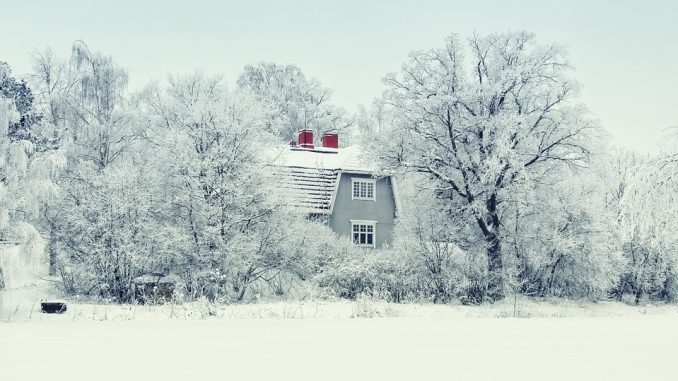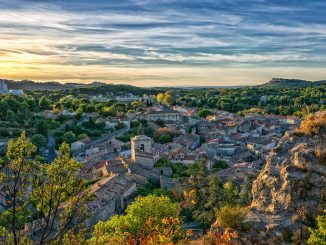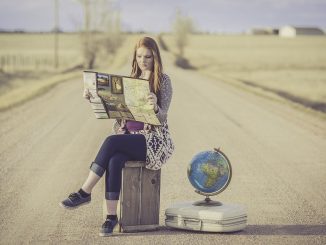
Nature in Finland
The Republic of Finland is located in northern Europe, continent bordered by Norway, Sweden, the Russian Federation and the Baltic Sea. Finland has 1000 lakes as well as a large number of islands and mountains, the highest being Mount Ridnitsohkka at 1316 m. Finland’s largest lake is Saima, one of the most beautiful lakes in Europe.
This aquatic paradise is a marvel of nature’s wonders, with endless wilderness scenes, being home to reindeer and elks. More than 80% of the country is covered by forests, out of which around 8000 square kilometers are organized as protected ares, in 35 natural parks. Forests are one of the most important natural resources of this country, as Finland is the largest wood producer in Europe and one of the largest in the world. Spruce, pine and birch are made locally from wood products. In addition to maple and mulberry trees in the southern part of the country, Finland is also host to about 1,200 species of plants.
The country’s geological wealth is diverse and includes more than 60 species of mammals, 250 species of birds, more than 70 species of fish and 11 reptiles and amphibians. Here live the brown bear, gray wolf, Arctic fox, pelican and plover birds.
There are also plenty of fish spaces in Finland, including carp, pike, cod and herring, and Atlantic salmon, the fishermen’s favourite. Also along the coast you will find the seals in the Saimaa ringed seal, which became the logo of the Finnish Association for Nature Conservation.
Climate in Finland
Finland has long and cold summer days, and short and cold winter days. The average temperature recorded throughout summer is about 16° C, while in the winter they go down to around -9 ° C. Snow covers the country for 7-8 months a year while in the southern region up to 4-5 months a year. In the harshest winter days in Laponia, the temperature drops to -45 ° C.
Tourism in Finland
Most people in Finland are huge ski enthusiasts. Skiing is one of the country’s main attractions, especially in the famous Lahti, a winter sports center. Among the most interesting tourist destinations in the country is the Turku city, showcasing plenty of biology, marine life museums and the Vartivovuori observatory. Sports tourism is on the rise here, being practiced in the Baltic Sea, on bays, rivers and lakes.
Cultural aspects of Finland
Finland is one of five countries in Northern Europe and consists of six provinces: Southern Finland, Western Finland, Eastern Finland, Oulu, Laponia, and Aland. The main religions in Finland are Protestant (84.2%), Orthodox (1.1%) and Agnostics (13.5%). The official language of the country is the Finnish language, a unique language belonging to the ugro-finnic family. The second official language is Swedish.
Finnish culture is rooted in folklore and was formed by wars between Sweden and Russia. The country’s most famous artists are composer Jan Sibelius (1865-1957), architect and designer Alvar Alto (1898-1976) and film director Aki Kaurismaki.
The most representative medieval architecture buildings are the Cathedral, and also the castle of Turku (capital of European culture in 2011). In Helsinki the capital and the largest city in the country, the architecture is mainly neo-classic with clear and precise geometric shapes. Helsinki is located in the Finic Gulf with an area of 716 square kilometers and a population of 625,000. It is the fourth largest city in northern Europe after Copenhagen, Stockholm and Oslo.
The main cultural landmarks in Helsinki include the Suomenlinna Maritime Fortress, also known as “Northern Gibraltar”. It is the largest fortress in the Baltic Sea and is a unique European monument of military architecture and part of the UNESCO World Heritage (1991).
The historical and cultural symbol of Helsinki is the Lutheran Cathedral, the largest Orthodox cathedral in Western Europe. The Temppeliaukio church, also known as the “stone church” is a unique monument, built underground and covered in granite.
Popular attractions in the Finnish capital
The Kiasma Museum of Contemporary Art includes works by contemporary Finnish artists and other artists in the region. The National Museum of Finland illustrates the history of the country from prehistoric times to the present including collections of coins and ethnography.
The Seurasaari outdoor museum features beautiful traditional Scandinavian-style houses. The Museum of Applied Arts Sibelius Monument depicts the famous composer Jean Sibelius in the garden named after him. The zoo in Helsinki is one of the oldest in the world and was founded in 1889, hosting about 200 species of animals and plants.
Customs and traditions
Finland is also known as the land of Santa Claus. According to tradition, the person who brings Christmas gifts on December 21 is St. Thomas, while St. Knut finishes winter holidays on January 13. It is therefore no wonder that every year in front of cathedrals in Finland you can see beautiful Christmas trees as high as 30-40 meters.



Be the first to comment